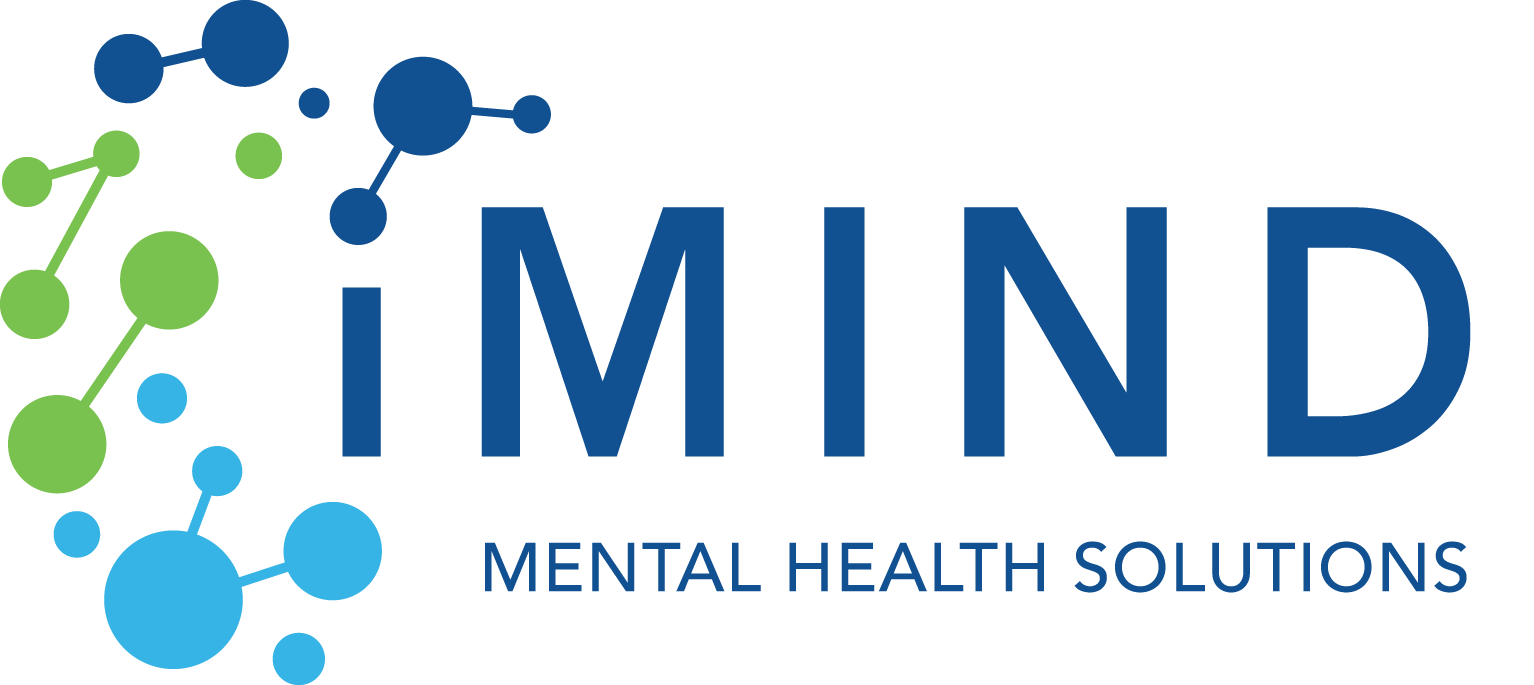Down the Rabbit Hole: Doomscrolling and its Impact on Mental Health
Published By Justin Baksh, LMHC, MCAP
December 1, 2023
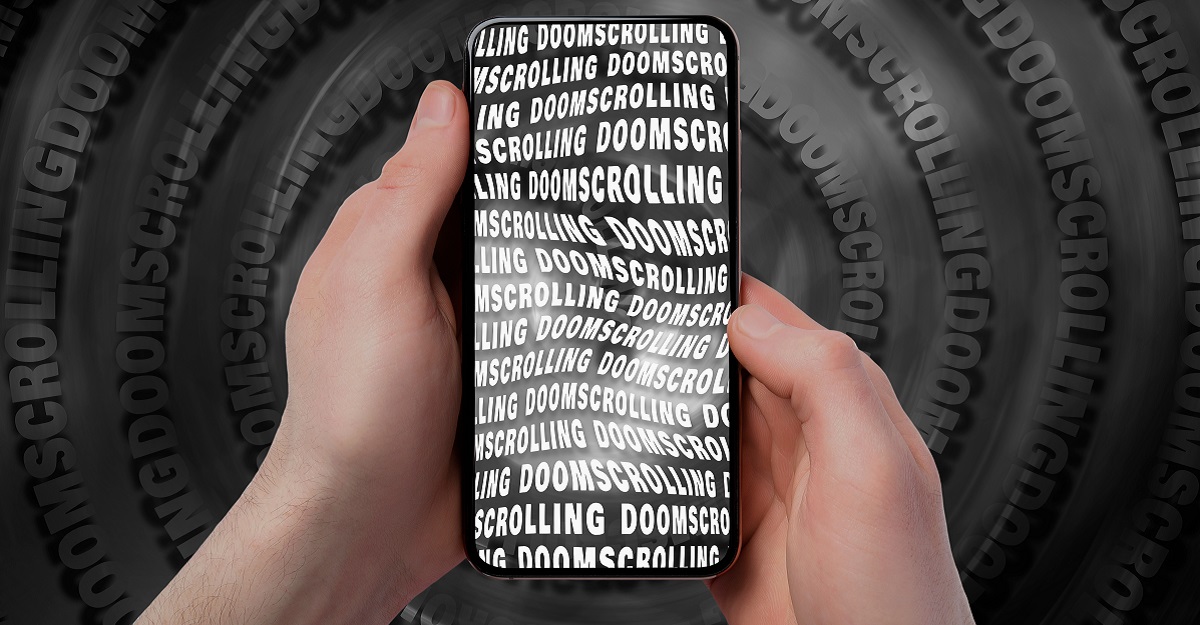
Imagine you’re lying in bed with the room dimly lit by the glow of your smartphone. It’s late, and you know you should be sleeping. Instead, you’re thumbing through your social media feed. Every swipe of your screen takes you through a cascade of alarming headlines, dire warnings, and heated comments about the state of the world.
An hour slips by, maybe two. You’re not even sure anymore. With each news article about environmental disasters, political turmoil, or public health concerns, your anxiety creeps up a notch. You tell yourself you’ll stop scrolling after the next post, but that next post opens a door to another unsettling story, and the cycle continues.
You’re aware that this isn’t doing you any good — your heart rate is up, and the sense of unease is palpable. But something keeps you locked in this loop of consuming one piece of worrying news after another. That’s doomscrolling, and it’s the pit in your stomach that keeps growing as you absorb the distressing reality unfolding pixel by pixel.
What is Doomscrolling?
Doomscrolling is being unable to stop swiping or clicking through bad news on the internet—even though it’s making you feel anxious or depressed. You’re magnetized by the need to stay informed, even when that information is pretty gloomy. It’s a digital-age habit where you find yourself reading one piece of worrying news after another, and, instead of calling it quits, you’re sucked deeper into the whirlpool of distressing headlines and stories, often late into the night.
Doom and gloom has become a sort of background noise in contemporary society, where the constant influx of information is at our fingertips—literally. With smartphones and endless social media feeds, we’re plugged into a non-stop stream of global events at all times. In today’s fast-paced digital world, where news spreads faster than ever, there’s a pull to stay informed, to stay in the loop, and that pull can be strong.
This habit is especially relevant now because, more often than not, bad news dominates our feeds. It’s like we’re wired to zero in on the threats and dangers—perhaps a leftover instinct from the days when staying alert was key to survival. But now, instead of dodging predators, we’re sifting through a barrage of breaking news alerts, op-eds, tweets, and posts that often highlight conflict, crisis, and catastrophe.
In an era where being a global citizen is interwoven with digital presence, doomscrolling has emerged as a side effect of our desire to stay connected and informed. It reflects a collective anxiety about the future and a compulsion to witness real-time updates, even when they’re overwhelmingly negative. So, it’s not just a personal habit; it’s a societal phenomenon that tells a story about where we are as a culture—hovering between wanting to know and needing to disconnect for the sake of our mental health.
How Common is Doomscrolling?
Many of us may doomscroll. The question is, for how many of us is it a problem? The answer is about seven in 10 of us, according to a Journal of Health Communications study. That’s the percentage of respondents whose replies indicated that doomscrolling was either “severely problematic” (44 percent) or “moderately problematic” (27.5 percent) for them.
Unfortunately, doomscrolling can lead to escalating stress, poor physical health and anxiety. Nearly three fourths (74 percent) of those with severely problematic doomscrolling said the frequency of which they experienced mental distress was ‘very much’ or ‘quite a bit,’ and 61 percent said the same about physical symptoms.
Are Some People More Likely to Doomscroll than Others?
One interesting study looked at the association between doomscrolling and personality traits. It found that those who scored high in conscientiousness, extraversion and agreeableness were less likely to doomscroll. Older adults are less likely to doomscroll than their younger counterparts as well.
Conversely, those with neuroticism, fear of missing out, a social media addiction, or daily social media use were more likely to doomscroll. Doomscrolling was “significantly related” to Twitter (now “X”) use as well.
Why Do We Keep Scrolling, Even When it’s Distressing?
Doomscrolling is like watching a suspenseful movie that you can’t turn off. Scary or upsetting as it may be, you stay glued to the screen, needing to know what happens next. Our brains are a bit of a contradiction: While we don’t like feeling scared or sad, we also have a strong protective urges to predict and prepare for danger. That’s our old survival instincts kicking in.
So, when we doomscroll, it is partly because we are on the lookout for threats, trying to make sense of them. We think, “If I know what’s going on, maybe I can deal with it better.” But, unlike a movie, there are no end credits rolling to tell us the story is over. The news just keeps on coming, and our brains keep saying, “More information might help,” even when it’s just making us more stressed. We’re stuck in detective mode, hunting for clues in a case that never closes. And that’s why it’s tough to put the phone down – we’re hardwired to seek out these “clues,” even when they are not doing us any good.
The Psychology of Doomscrolling
“Generalized Anxiety Disorder (GAD) is basically a Twitter feed of worries in your head… Doomscrolling is kind of like practicing having GAD… If you run everyday, that’s going to impact your muscles. If you doomscroll every day, that’s going to impact your psychology and your brain.”
-Jade Wu, psychologist, in an article for BBC
Negativity bias is our brain’s tendency to pay more attention to the bad stuff happening around us rather than the good. It’s like getting 10 compliments and one criticism in a day, and all you can think about at night is that one negative comment. That’s negativity bias in action.
This instinct is helpful in the wild, where being alert to potential threats was critical for survival. It was more important to notice the rustling in the bushes of a potential predator than a beautiful flower. Today, we may not dodging predators, but our brains still give priority to negative information. This means, when we’re scrolling through social media or the news, the stories about crises or danger are the ones that stick with us and compel us to learn more, keeping us hooked on the scroll.
In addition to this, neurotransmitters and the brain’s reward system play a big role in why we get caught up in doomscrolling.
Imagine your brain has a little mailroom inside it where neurotransmitters — the mail carriers — deliver the messages. These messages can affect your mood, your responses to things, and even your habits. Dopamine is one of these neurotransmitters, and it’s often called the “feel-good” chemical because it’s associated with pleasure and reward.
Now, when you find something new or interesting, even if it’s a worrying news story, your brain sends out dopamine as a reward for discovering something significant. It’s a little like getting a gold star in class—it makes you want more. Again, this reward system was useful back when learning new things directly helped with survival. However, now, it’s not so much.
When it comes to doomscrolling, every time you come across a new piece of information, your brain might give you these dopamine hits, which feels good and makes you want to keep scrolling. It’s a bit like getting a small prize each time you find something new. You coming back for more, even if the news is bad and makes you feel worse overall.
The Role of Media
Social media algorithms and media sensationalism are big factors in the doomscrolling cycle.

Social Media Algorithms
Social media algorithms are the behind-the-scenes directors of what you see online. They pay attention to what you like, share, or spend time on, and then they show you more of the same.
Because of our negativity bias, we might engage more with alarming or shocking content. The algorithms note this as an indication that “Oh, they like this sort of thing,” and they feed us more dramatic headlines and worrisome stories. ‘
It’s like being in a restaurant where the chef notices you eat all your brussels sprouts, so they keep bringing you dish after dish of them, even if they’re not your favorite food.
Media Sensationalism
We cannot forget that media sensationalism plays its part, too. This is when news outlets and websites make stories as dramatic, shocking, or intense as possible. They might use bold headlines or emotionally charged words to grab your attention.
It’s like when you’re flipping through TV channels and you see a show with a title such as The Most Dangerous Roads in the World! It’s all designed to make you stop and watch.
When a story is sensationalized, it more easily draws you in, and you wind up reading more and more, even if it’s upsetting.
Social media algorithms and media sensationalism create a powerful force that can keep you scrolling through negative news. It’s not just that the news is often bad; it’s that the system is designed to keep showing you the bad news that you can’t seem to look away from. Once you’re caught up in this cycle, it can be hard to break free.
Doomscrolling and Mental Health
When it comes to doomscrolling, the consequences for our mental health are significant… and they can sneak up on us.
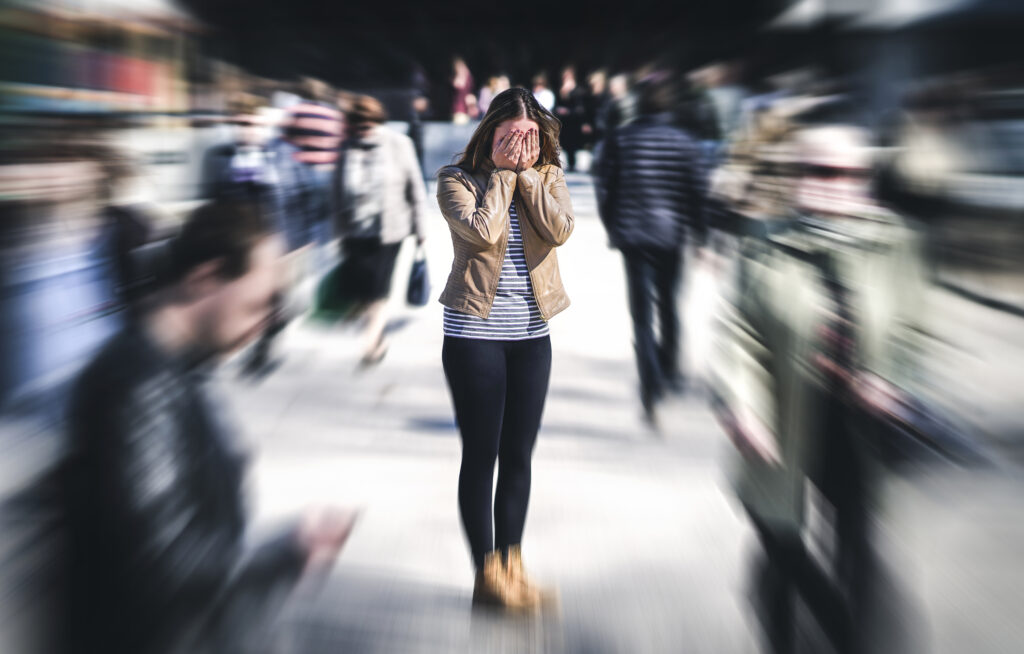
Amped-Up Anxiety and Stress
As you absorb a constant stream of distressing news, your body’s stress response can kick in. This is the same reaction you would have if you were facing a real immediate threat, such as a bear in your path. Your heart rate can jump up, and you could start feeling jittery or on edge. Over time, if you are regularly doomscrolling, you’re basically keeping your foot on your stress system’s gas pedal, which can lead to chronic anxiety.
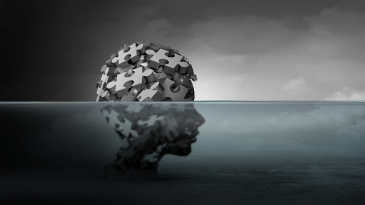
Depressed Mood
The gloomy content can start to color your overall mood, making you feel more down or hopeless. Just like a gray cloud passing overhead dims the sunlight, a steady diet of bad news can cast a shadow over how you view the world, leading to feelings of sadness or depression.

Disrupted Sleep
If doomscrolling is part of your nighttime routine, it’s likely taking a toll on your sleep. The blue light from screens can mess with your sleep cycle, sure, but the content itself can also make your mind race and heart pound, making it harder to drift off to sleep or to get quality rest.

Exhaustion and Burn-Out
Over time, the strain of constant negative information can ripple out, affecting your perspective on life and possibly leading to a sense of burnout, where everything feels overwhelming, and you’re just mentally exhausted.
It’s clear that doomscrolling is more than a bad habit; it’s a behavior with real consequences for our mental health. By understanding these impacts, we can start taking steps to manage our media consumption and protect our well-being.
How to Stop Doomscrolling
To counteract the negative impact of doomscrolling on your mental health, consider implementing these practical strategies.
6 Ways to Stop Doomscrolling
- Set Time Limits: Give yourself a specific amount of time for checking news or social media. Maybe that’s 30 minutes in the morning and 30 in the evening. This can prevent you from falling into a bottomless scroll.
- Curate Your Feed: Actively follow or subscribe to positive or educational content, so there’s a good balance. It’s like planting flowers in your garden alongside the vegetables; both have their place, and together, they create a more pleasant space.
- Use ‘Do Not Disturb’ Features: Most phones and devices have settings that can help you take a break from notifications. Turning these on can give you a pocket of peace without the constant pings that pull you back into the cycle.
- Mindfulness and Grounding Techniques: When you catch yourself doomscrolling, take a moment to practice deep breathing or another mindfulness technique. It’s like hitting the pause button on a movie when it gets too intense, allowing you a moment to collect yourself.
- Engage in Healthy Activities: Replace some of your scrolling time with activities that are good for your mental health, like exercise, hobbies, or chatting with friends. Think of it as swapping out a fast-food habit for home-cooked meals. It’s about making healthier choices for your mind.
- Reflect on Your Consumption: Take time to think about how what you read affects you. If certain topics or sources consistently make you feel bad, consider avoiding them. It’s akin to avoiding foods that you know upset your stomach.
By using these strategies, you can begin to break the doomscrolling habit, or at least keep it in check, which is essential for maintaining a healthier, more balanced emotional state.
How Mental Health Professionals Can Help
Sometimes, doomscrolling can be a tough habit to kick on your own, especially if it’s deeply rooted or causing significant distress. This is where professional help and therapeutic interventions can make a big difference.
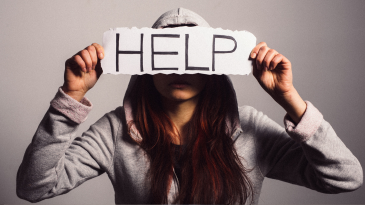
Recognizing the Need for Help
If you find that your mood is often low, you are always anxious, or your sleep is frequently disturbed, or that these feelings are hard to shake off, it might be time to reach out. Just as a leaky faucet at home can start to cause water damage — it is best to call in a plumber rather than just keep mopping up the water.

Types of Professional Help
Therapists and counselors are trained to help you understand and work through compulsive behaviors like doomscrolling. They can be like personal trainers for your mental health, guiding you through exercises and strategies that strengthen your ability to handle stress and anxiety.
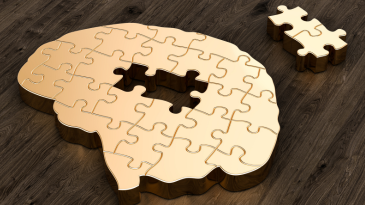
Therapeutic Interventions
Cognitive Behavioral Therapy (CBT), for instance, is a type of therapy that can help you identify and change thought patterns that lead to unwanted behaviors. It’s like learning to take a different path through the woods when you know the usual one is full of thorns. There are a range of other therapeutic modalities that can be helpful as well.

Additional Support
Joining a group therapy session or a support group can be a real game-changer, too. Being part of a community where everyone has been through the same things and understands your struggle can be invaluable. You can hear from others who get what you are going through, and you can pick up some solid tips on how they have handled their own doomscrolling habits.

Medication
Sometimes, if doomscrolling is part of a broader issue such as depression or anxiety, medication prescribed by a psychiatrist might be appropriate. It can help balance those neurotransmitters mentioned previously, just like putting on glasses can correct your vision. Medication can also control symptoms while you work on things through therapy and other means.
If you’re finding it really hard to manage the impact of doomscrolling, there’s absolutely no shame in seeking help. It’s a step toward taking control of your mental health and finding balance in your digital life.
Balance is Possible
The stream of gloomy news and the fear and anxiety that tag along with it don’t have to overrun your life. There’s a lot happening in the world that can weigh heavily on us, but there’s still plenty of good out there, too.
It’s possible to stay informed without letting the tough stuff consume your headspace. You can take control of your scrolling, set boundaries, and remember to lift your head up to see the good around you—like the people you love and the moments that bring you joy. After all, life is a mix of shadows and light, and, by managing how we engage with the world, we can ensure we’re not only dwelling in the shadows. Finding harmony between staying informed and personal peace is not only important, but completely attainable.
Finding a healthy balance is key. Take a deep breath, put the phone down now and then, and give yourself permission to enjoy the good in your life. The news will still be there when you come back, but so will all the positive things that are worth savoring.
- Klein, J. (2021, March 3). The darkly soothing compulsion of “doomscrolling.” www.bbc.com.
- Satici, S. A., Gocet Tekin, E., Deniz, M. E., & Satici, B. (2022). Doomscrolling Scale: its Association with Personality Traits, Psychological Distress, Social Media Use, and Wellbeing. Applied Research in Quality of Life, 18.
- Study Finds “Doomscrolling” is a New, Unique Behavior. (n.d.). UF College of Journalism and Communications.
